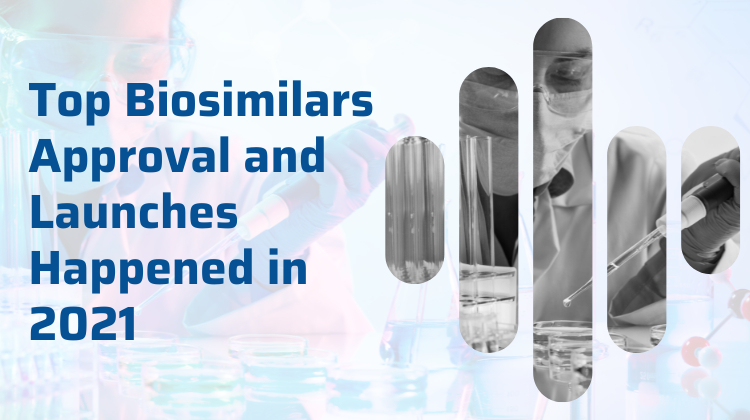
Sep 18, 2018
A biosimilar (copycat version) is a pharmaceutical product that is close, but not identical, copy of an approved biologic branded product. It is known as a biosimilar, rather than a biogeneric, because current technology does not approve of making an exact copy of a large molecule drug and the sky reaching cost of pharmaceuticals, especially biologics seeks the concern to control the healthcare costs. A biosimilar product is a biologic product that is approved based on demonstrating that it is highly similar to the approved biologic product, known as a reference
product. Biosimilar are not generic alternatives of innovator drugs nor can they be the exact duplicates of their innovator product. It has no clinically meaningful differences in terms of safety and effectiveness from the reference product. They should not be mistaken as generic drugs which have simple structures and are produced to be exact copies of an already approved drug. Biosimilars have also earned fame with different names such as ‘follow-on-biologic’, ‘bio-comparable’, ‘similar biologic’ and so on.
Every story has two sides and so does biosimilars. Follow-on-biologics possess several advantages such as lower R&D expenditure, less number of clinical trials, low cost and early expected approval time. While flipping the coin, biosimilars are difficult to develop and seek approval. Furthermore, market uptake has been slowed by prescribers’ skepticism and low patient awareness.
The high cost of pharmaceuticals, especially biologics, has become an important issue in the battle concerning ever-increasing healthcare costs. The application for reimbursement of a generic or biosimilar product is simpler than the application for reimbursement of the originator. The price and reimbursement of the first generic product has to be at least 32 % lower than the price and reimbursement of the originator. In case of biological products the price and
reimbursement has to be at least 15 % lower.
Article in PDF
Biosimilars, being highly similar to the reference/branded drug has potential to overtake the biologic market. They are commonly priced 25% to 30% less than the innovator biologic and increase access to specific therapies by offering patients a more affordable treatment alternative. Moreover, across all markets, over half of physicians reported that they would increase the use of biosimilar if a less-expensive (30% lower cost) version were available.
Despite of all the benefits, biosimilars has to undergo a stringent regulatory process to acquire its approval in the major developed markets of United States, Europe and Japan. Europe and Japan has witnessed the approval of biosimilars on a hefty scale. Whereas on the other hand, the regulatory policies of United States does not allow the biosimilars to be launched easily in the market. The US regulatory policies have set high parameters for any biosimilar approval. Contrary to the developed markets, the emerging markets are highly occupied by the biosimilar
version of the original biologic molecule due to relaxed development and regulatory policies. Growing economy also contributes to the approval and launch of a cheaper version of the reference product making to accessible to the people deprived of high cost treatment. So, there is a thumb rule that says, wherever the policies are weak, the biosimilar penetration and market access is higher. The emerging markets offer low medical coverage which
encourages the patients to drift towards the biosimilars as they are more affordable.
Diminished pressure from pharmacy benefit managers (PBMs) and rebate traps, thus, makes transparent
pricing of biosimilars an attractive option.Considering all the factors, a sprightly future awaits biosimilars with great opportunities relaxing the development and regulatory guidelines paving an easy pathway for the approval. Owing the fact that biosimilars are cheaper than the reference product, more use of biosimilars will lead to
cost savings attaining more fascination than the similar biologic products that have failed to gain
widespread global attraction.
Article in PDF

